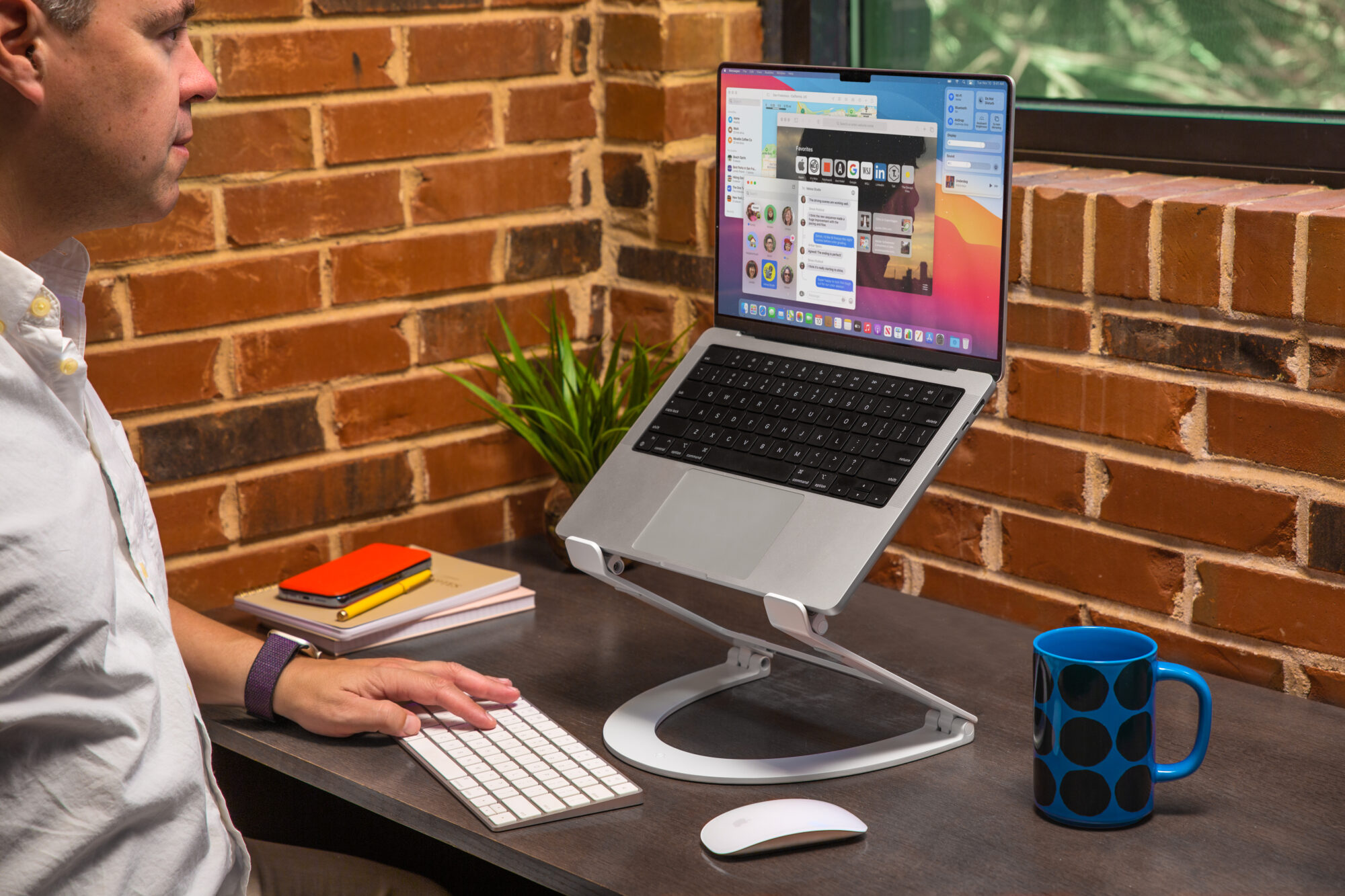Xero unveils its suite of managing employees tools and announces first Australian beta from Planday acquisition
Managing a workforce in today’s ever changing regulatory environment is taking its toll on small business employers in Australia, with almost half (48%) stating managing employees processes is negatively impacting their mental health, according to a new report from Xhttps://www.xero.com/au/ero , the global small 1 business platform.
The study showed many small businesses are struggling to stay on top of regulation or award requirements around employee entitlements and payments, with more than half (56%) agreeing it’s stressful or confusing and 37 percent worrying their staff will be paid incorrectly due to confusing payroll obligations. In Australia, the payroll regulatory landscape is ever-changing, with Single Touch Payroll being a prime example.
The new findings in the Changing world of work report from Xero, shine a light on the workforce challenges faced by Australian small business employers, the workplace experiences of employees, and the critical role of technology in this new world of work.
The Australian report was released at Xerocon Sydney, where Xero unveiled its suite of employee management tools, including the first Australian beta trial from its acquired workforce management platform, Planday.
Technology to help managing employees
According to the report, payroll compliance is driving software adoption, with more than half (51%) of employers reporting that software helps them with managing compliance. As a result, a third (38%) said software has helped to reduce their stress levels, with more than half (56%) agreeing technology that can help forecast payroll costs would make them less stressed about their workforce.
In addition to a changing regulatory environment, almost a third (29%) of employers said accurately tracking employee time and attendance was a top driver of technology adoption. Over the past 12 months, more than half (54%) of employers found that staff didn’t have ideal rostering.
After retaining staff, the second most common concern for employers when managing staff is that they aren’t as productive as they could be. The average employer said it takes staff up to four months to get up to speed and reach full productivity, with employers in hospitality saying it takes up to five months. Conversely, two in four (42%) employees say poor communication hampers productivity.
Anna Curzon, Chief Product Officer at Xero, said: “Payroll compliance continues to be a major challenge for employing businesses, with more than half of Australian small business owners finding the ever-changing regulatory environment stressful and confusing. We strive to make it easier for employers to manage their employees, and to empower employees with self-service functionality. Our connected product suite gives employers critical tech tools to create an empowering and positive experience for employees and to help them attract and retain talent in an increasingly competitive environment.”
Planday beta unveiled as next step towards payroll integration
To help make essential employee-related processes more seamless for small businesses and their people, Xero is building an integration with its Xero Australian Payroll product and Planday.
The beta, announced today, marks an important stage of Planday’s entry into Australia where it will enhance Xero’s broader set of employee management tools including Xero Payroll, Xero Expenses and Xero Me (a simple self-service app for employees timesheet, leave and expense management). Xero Payroll plus Planday empowers small businesses with accurate employee time and attendance data and seamless scheduling, to help support payroll compliance and rostering, while also enhancing the employee experience through a range of intuitive people management tools.
The Planday beta is available now for eligible small businesses using the Retail and Clerks Awards in Australia. Customers can register their interest to learn more about Planday here.
“Our research shows poor communication, slow organisational processes and outdated technology is causing headaches for many small business employees and their employees,” added Curzon. “This isn’t surprising when a third tell us they still use spreadsheets to manage employee leave, time and attendance. We are committed to making employment management easier and will continue to evolve our offering for employers, accountants and bookkeepers and employees”
Navigating high salary expectations in a high inflationary environment
Additionally, the pandemic and its associated long border closures have also taken their toll on small business, with three in five (58%) employers believing that managing business disruptions caused by COVID-19 is still one of their top challenges. Additionally, the impact of inflation on costs and services is one of the biggest concerns for 48 percent of employers, with Australia’s inflation rate hitting a 21 year high of 6.1 percent in the June quarter this year.
Inflation is compounding the issue of labour shortages which are being felt widely. Thirty-four percent of employers are seeing talent shortages as their biggest challenge in securing and retaining talent. To secure and retain talent, employers are also expecting to pay top dollar, with 39 percent citing a rise in staffing costs and a rise in salary expectations (31%) as one of their top challenges over the next 12 months.
When looking for a new role, compensation is the main incentive for employees, with three quarters of employees ranking pay and bonuses in their top three important factors.
“Employees are prepared to walk if employers don’t match their expectations for better pay, with one in five leaving their last employer due to low pay,” said Joseph Lyons, Managing Director, APAC, at Xero. “With almost a third of employees planning to look for new opportunities over the next 12 months, employers will be under pressure to retain staff, amid ongoing labour shortages and rising costs.”
The report was launched at Xerocon Sydney, one of the world’s premier events for cloud accounting leaders. Accounting and bookkeeping partners and the Xero app community are gathering over two days at Sydney’s ICC to hear the latest from industry leaders, gain expert insight into the newest Xero tools and features to save time, grow their business and drive their clients’ success.
